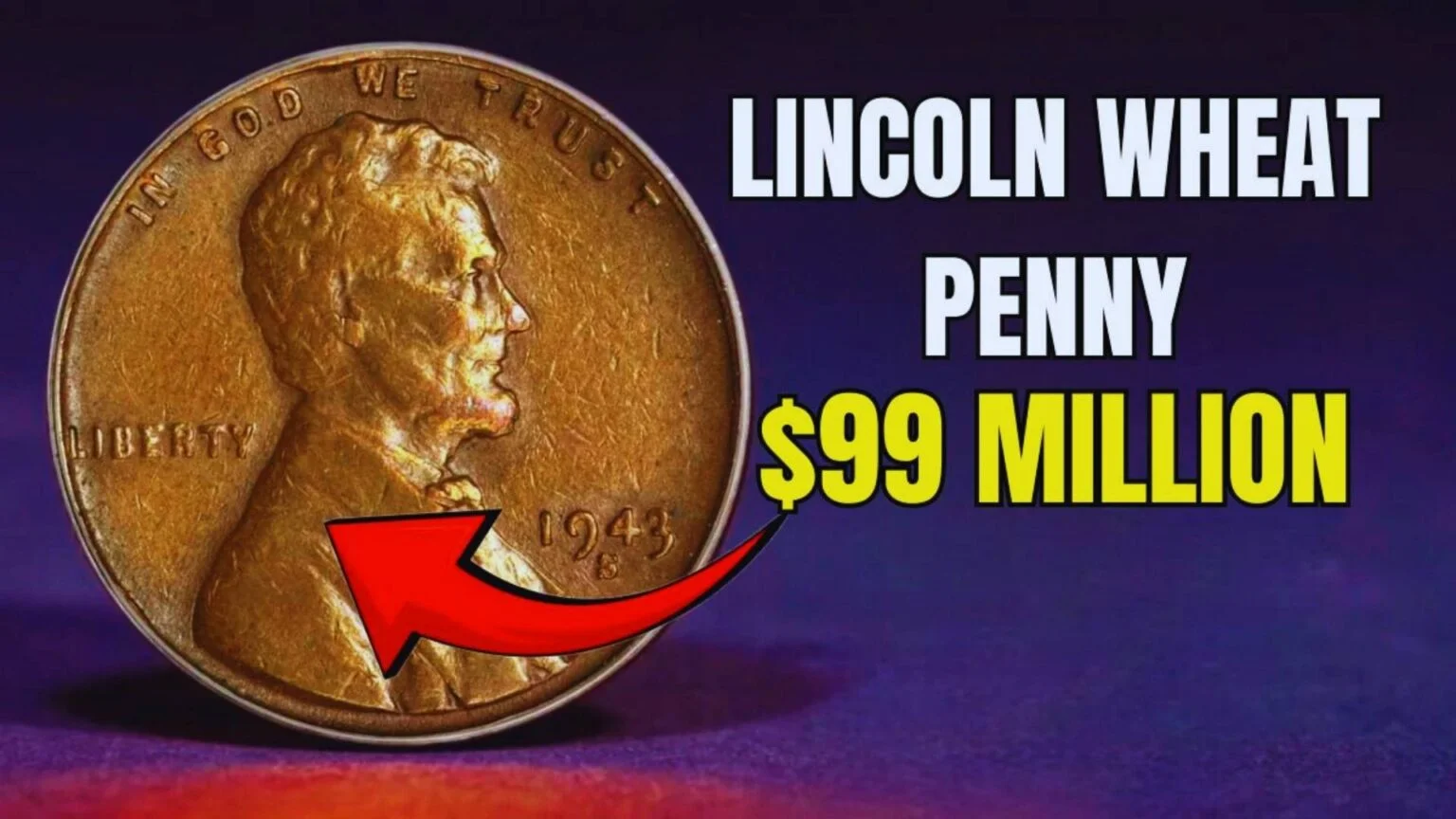$99 Million Lincoln Wheat Penny: Imagine paying for coffee with a penny that could secretly be worth $99 million. It may sound like a wild dream, but some Lincoln Wheat Pennies have shocked the world with staggering values. The surprising part? One of these treasures could still be hiding in your coin jar or wallet right now.
What Is the $99 Million Lincoln Wheat Penny?
The Lincoln Wheat Penny, minted from 1909 to 1958, is one of the most famous and collected U.S. coins. It features Abraham Lincoln on the front and two wheat stalks on the back.
While most are worth only face value, rare versions with errors, unusual materials, or low mintages have fetched life-changing amounts at auctions. One record-breaking coin has been valued at nearly $99 million, making it the most legendary penny in history.
A Brief History of the Lincoln Wheat Penny
- First released in 1909 to celebrate Lincoln’s 100th birthday.
- Designed by Victor D. Brenner, replacing the Indian Head cent.
- Minted for nearly 50 years until 1958, when the design changed to the Lincoln Memorial penny.
- Rare minting mistakes and limited-run issues turned ordinary pennies into treasures.
Why Some Pennies Are Worth Millions
Not all wheat pennies are valuable. The rare ones stand out because of:
- Minting errors – like doubled dies or missing mintmarks.
- Wrong metals – such as 1943 pennies mistakenly struck in copper.
- Low mintages – coins with fewer numbers produced are far more desirable.
- Condition – uncirculated or “red” pennies are worth significantly more.
Rare Lincoln Wheat Pennies and Their Values
| Year / Type | Special Feature | Potential Value |
|---|---|---|
| 1943 Copper Penny | Struck on copper instead of steel | $100,000 – $1.7M+ |
| 1955 Double Die | Obvious doubling on the date | $1,000 – $50,000 |
| 1909-S VDB | Rare initials on reverse | $700 – $50,000 |
| 1922 No D | Missing Denver mintmark | $500 – $30,000 |
| Perfect Red Finish | Uncirculated, bright red color | Thousands+ |
How to Spot a Rare Wheat Penny in Your Pocket
- Check the Date – Look for key years: 1909-S VDB, 1922, 1943, 1955.
- Inspect for Errors – Doubling, missing letters, or unusual details add value.
- Test the Metal – 1943 copper pennies won’t stick to a magnet (unlike steel).
- Check Mint Marks – Rare varieties often come from “S” (San Francisco) or “D” (Denver) mints.
- Condition Matters – A coin in uncirculated condition can multiply its value.
Tips from Experts
- Use a magnifying glass to catch small errors.
- Weigh the coin — copper and steel pennies differ slightly.
- Store coins in protective holders to preserve condition.
- Have coins graded by PCGS or NGC for authentication.
FAQs About the $99 Million Lincoln Wheat Penny
Q1: Is there really a Lincoln Wheat Penny worth $99 million?
Yes, one rare collector’s penny has reached a record-breaking valuation of nearly $99 million, though most valuable pennies sell for thousands to millions.
Q2: Can I still find one in circulation?
It’s rare, but not impossible. Many discoveries come from old jars, coin rolls, or inherited collections.
Q3: What’s the easiest rare penny to identify?
The 1955 doubled die is one of the most obvious — its date and lettering clearly appear doubled.
Q4: Should I clean my coin before selling it?
No. Cleaning can damage the surface and drastically lower its value.
Q5: How do I get my penny appraised?
Submit it to a grading service like PCGS or NGC for professional evaluation and certification.
Conclusion: Don’t Overlook Spare Change
The story of the $99 million Lincoln Wheat Penny shows that even the smallest coin can hold enormous value. From rare errors to historic mint runs, these pennies are more than pocket change — they’re pieces of American history.
👉 Next time you spot an old penny, take a closer look. Who knows? That little coin could turn out to be the fortune of a lifetime.

